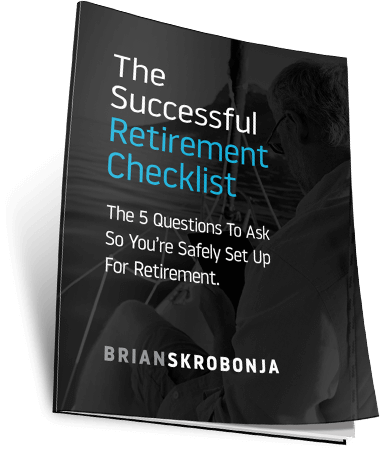If you have a pension that you are eligible for and have not yet begun benefits, there are a few things you need to be aware of as you think through designing your financial plan for retirement.
Often I find people are making decisions about their pension without fully understanding the bigger economic picture of what is actually happening.
There are a few realities that are influencing and forming a new retirement and if you are not paying attention, you may find yourself taking on more risk than you realize.
For instance, there are approximately 10,000 baby boomers retiring every day over the next 15+ years. On the surface, you may think that this has nothing to do with you and your situation but the reality is that as these Baby Boomers retire, there becomes increasing pressure on social security, pensions, and the stock market. This is important because they are drawing from the same sources you are relying on for your retirement.
How do you think this will impact the viability of these programs and your future benefits?
A couple of other points to consider and understand is how pension benefits are calculated. Pensions look at a 10-year period for projecting the viability of their benefits. (Social Security projects the viability of benefits by looking at a 75-year period.)
They also assume that they are going to make 4.5%. Now, why is this a problem? It’s a problem because where do you get 4.5% guaranteed year after year?[1] We are in a very low-interest rate environment. What happens if this rate of return is not achieved?
Also, pensions assume that the life expectancy of pension recipients will be 20 years. In other words, they assume after 20 years you will no longer be taking benefits. Now, a point to make here is that since most pensions are now only available with government jobs and with their formulas for eligibility being very generous, people are drawing benefits in their early fifties.
According to heritage.org,[1] The Pension Benefit Guaranteed Corporation (PBGC), which is similar to the FDIC, did a study and found that for somebody that is promised $24,000 a year in pension benefits, is insured up to $12,870.
The problem is the same with FDIC. The FDIC has around $25 billion in reserves, but there’s $9.3 trillion sitting in banks.[2] Do you see a problem with that? They cannot cover all the liabilities that exist. The same thing is true with PBGC. If PBGC goes insolvent, that $24,000 promise goes to $1,500 under the insurance benefit.
The concern here is that when you retire and you’re counting on a pension as part of your income, and the system defaults, what do you do?
It’s out of your control.
Studies show that back in 2008 the projected deficit for pensions was $5 million and in 2014, it was $42 billion. From 2008 to 2014 it went from a $500 million deficit projection to a $42 billion deficit.
Now, with all of that being said, should you take a lump sum option if offered? Should you have a plan B if the pension goes south? These questions can only be answered through strategic retirement planning and a discussion with your financial advisor.
If you are eligible for a pension and have a question about what you have read here let me know. I get questions every day surrounding pensions and retirement.
Good Luck!
Brian
The article and opinions in this publication are for general information only and are not intended to provide specific advice or recommendations for any individual. We suggest that you consult your accountant, tax, or legal advisor with regard to your individual situation. Kalos Capital, Inc. does not provide tax or legal advice. The opinions and views expressed here are for informational purposes only. Please consult with your tax and/or legal advisor for such guidance.







